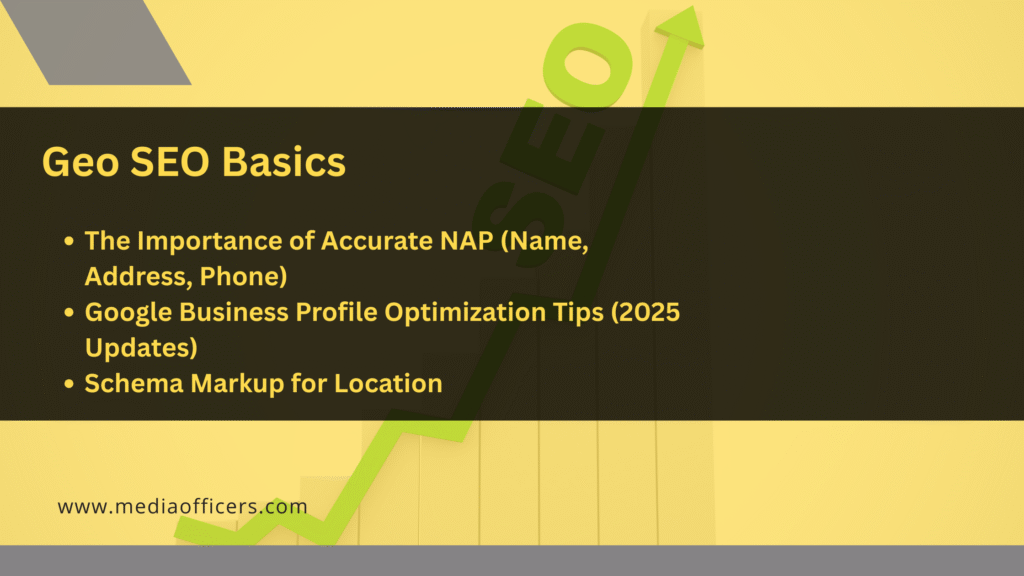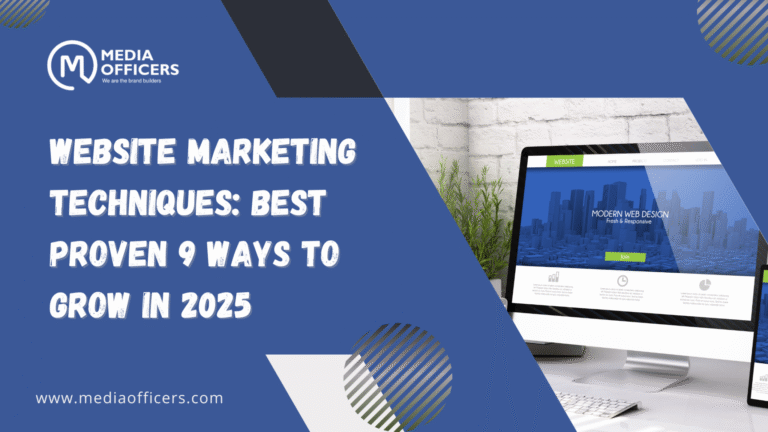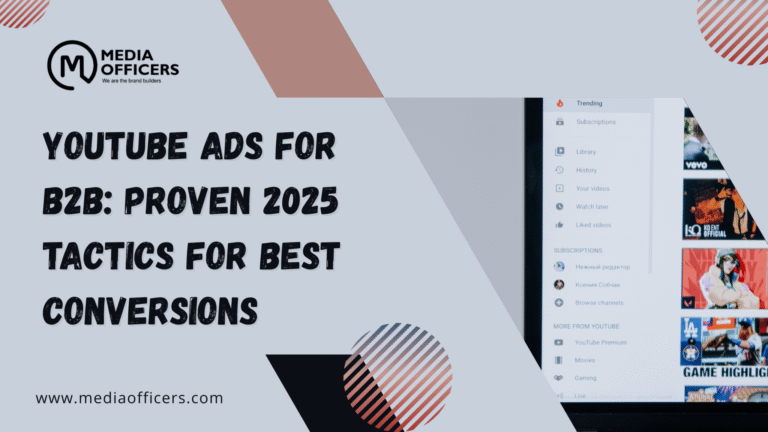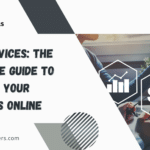When it comes to capturing a local audience in 2025, Geo SEO is your golden ticket. This Geo SEO Checklist is all about enhancing your online presence to effectively reach people in specific locations. Whether you’re a local business looking to boost in-store visits, a media website targeting readers in select regions, or an app expanding its user base in specific cities, Geo SEO is an essential part of your digital strategy.
This Geo SEO Checklist breaks down the key steps, best practices, and tools to ensure your Geo SEO is on point. By the end, you’ll have a clear roadmap to optimizing your website and content for location-based searches, giving your business the competitive edge it deserves.
What is Geo SEO in 2025? And Why Does It Matter?
Geo SEO, short for Geographical Search Engine Optimization, focuses on optimizing your website and online content to rank highly for location-specific searches. This could mean appearing at the top of search results when someone searches for “coffee shop near me” or “best IT services in Austin.”
Why is Geo SEO so crucial now? Mobile searches, voice searches, and location-aware technologies have pushed local SEO into the spotlight. According to Google, half of all “near me” searches lead to a store visit within a day. Add that to the rise of apps and hyperlocal targeting for platforms like Instagram and TikTok, and it’s clear that optimizing for location can have a massive impact on visibility and conversions.
Geo SEO Basics

The Importance of Accurate NAP (Name, Address, Phone)
Your Name, Address, and Phone number (NAP) information is foundational to Geo SEO. Consistency is key across your website, Google Business Profile, citations, and any other platform. Mismatches in information could confuse both search engines and users, potentially hurting your rankings.
Tip: Use tools like BrightLocal or Moz Local to check your NAP consistency across the web.
Google Business Profile Optimization Tips (2025 Updates)
Your Google Business Profile (GBP) is one of the most powerful tools in Geo SEO. Keep these tips in mind to fully optimize it:
- Add High-Quality Photos: According to recent trends, profiles with quality images get more clicks and engagements.
- Fill in Every Section: Include business hours, services, and frequently asked questions.
- Post Regular Updates: Google prioritizes active profiles with posts about offers, events, or updates.
- Encourage Reviews: Positive local reviews boost credibility and rankings. Reply to all reviews to show responsiveness.
Schema Markup for Location
Structured data, such as schema markup for location, allows search engines to understand your business better. Use LocalBusiness schema to specify your business type, location, contact info, and geo-coordinates. Tools like Google’s Structured Data Markup Helper can make this process easy to implement without coding knowledge.
Geo-Tagging Your Content
Geo-Tagging Images, Videos, and Web Content
Geo-tagging adds geographic data (latitude and longitude) to your images, videos, and metadata, helping search engines identify the relevance of your content to specific locations.
- For Images and Videos: Use tools like GeoImgr or Exif Pilot to embed geographic information.
- For Content: Add location-specific metadata or integrate it directly in your website’s backend.
Best Tools for Geo-Tagging
Here are the top tools to simplify geo-tagging in 2025:
- GeoImgr for embedding geo-coordinates in images.
- Pic2Map for analyzing location data in your photos.
- Local Falcon for monitoring geo-ranking performance.
Avoid Over-Optimization: Overloading your content with geotags or location data can look spammy and lead to penalties. Focus on relevance, not quantity.
Location Keywords & Content
Researching Hyperlocal Keywords
Keyword research should go beyond generic terms. Use location-specific modifiers (e.g., “best vegan pizza Brooklyn”) to connect directly with your local audience. Tools like Google Keyword Planner and Ahrefs can help identify high-value hyperlocal keywords.
Creating Geo-Focused Landing Pages
Each region you serve deserves its dedicated page. A geo-focused landing page typically includes:
- A unique headline that mentions the location (e.g., “Affordable Electricians in San Diego”).
- User-generated content like reviews and testimonials from people in the area.
- Localized images and references.
Voice Search and Geo-Intent Optimization
Voice search use continues to grow, and these queries often include location modifiers, such as “Where is the closest coffee shop?” Include conversational content on your website to align with voice searches.
Technical SEO for Geo
Setting Up Hreflang and Regional URLs
For businesses targeting multiple regions or languages, Hreflang tags help specify which content is relevant for different audiences. Additionally, use clean and descriptive regional URLs (e.g., /us/new-york/ or /es/madrid/).
Geo Sitemap Best Practices
Include geo-customized pages in your sitemap to signal search engines to crawl those URLs. Be sure to utilize tools like XML-sitemaps.com to ensure accuracy.
Mobile + Location Integration
Given mobile’s dominance, ensure that your website is responsive and integrates user location to provide customized content. Features like click-to-call buttons or “find us nearby” maps can greatly enhance mobile user experience.
Link Building & Citations
Build Local Backlinks
Collaborate with local blogs, directories, or news sites to get valuable local backlinks. Sponsor community events or contribute guest articles to build credibility and authority in specific regions.
Maintain Citation Consistency
Use tools like Yext or Whitespark to clean up citations across the web, ensuring consistency is maintained for your NAP.
Leverage Map Embeds & Geo-Social Signals
Embed Google Maps on your site’s contact pages. Additionally, engage your audience on platforms like Facebook and Instagram by geo-tagging your posts to enhance visibility.
Geo Data Privacy & Compliance
Stay Compliant with Geo-Related Tracking
Countries continue to roll out strict data privacy regulations. To stay compliant, implement clear consent mechanisms for tracking location data (e.g., GDPR in the EU or CCPA in California).
Protect User Information
Invest in secure systems to store and process user data. Inform customers upfront about how their location data will be used to gain their trust.
Tools & Resources
Here are some standout tools for Geo SEO audits and practices in 2025:
- BrightLocal for local data analysis and tracking.
- SEMRush for location-specific keyword tracking.
- GeoImgr for image-based geo-tagging.
Why This Geo SEO Checklist is Essential in 2025
This Geo SEO Checklist is designed to help businesses master local search optimization in 2025. With search engines prioritizing location-based results, following a proven Geo SEO Checklist ensures your business appears in Google Maps, Local Packs, voice searches, and AI-driven local answers. Whether you’re a small business or a multi-location brand, this Geo SEO Checklist will guide you step-by-step to improve your local visibility and beat competitors in your area.
By using this Geo SEO Checklist, you can:
✅ Stay ahead of Google’s algorithm changes that affect local rankings
✅ Increase foot traffic, phone calls, and qualified leads
✅ Strengthen your map presence and Google Business Profile
✅ Build a solid local backlink and citation profile
Step-by-Step Guide to Geo SEO
To successfully implement Geo SEO and maximize your local visibility, follow this comprehensive Geo SEO Checklist:
- Claim and Optimize Your Google My Business (GMB) Profile
- Ensure your business name, address, and phone number (NAP) details are accurate and consistent.
- Add high-quality images and videos of your business.
- Select the right categories for your business.
- Encourage and respond to customer reviews regularly.
- Optimize Your Website for Local Keywords
- Research and integrate location-specific keywords (e.g., “best restaurants in Chicago”).
- Optimize title tags, meta descriptions, headers, and URLs with local terms.
- Create dedicated location pages if your business operates in multiple areas.
- Ensure Consistent NAP Information Across Platforms
- Check that your NAP information is the same across your website, social media, and directories.
- Use tools to audit and fix any inconsistencies.
- Leverage Local Citations and Listings
- Submit your business to relevant online directories such as Yelp, TripAdvisor, or local chamber of commerce websites.
- Verify and claim your listings on local platforms.
- Create Geo-Targeted Content
- Develop blogs, videos, or guides that are relevant to the local area (e.g., “Top 10 things to do in [City]”).
- Incorporate locally-focused events, news, or collaborations into your content.
- Build Local Backlinks
- Partner with local businesses, blogs, or influencers to earn high-quality backlinks.
- Sponsor local events or charities to receive mentions and links.
- Optimize for Mobile and Voice Search
- Ensure your website is mobile-friendly for users on the go.
- Include long-tail, conversational keywords that mimic voice search queries.
- Use Schema Markup for Local SEO
- Implement structured data markup to give search engines detailed information about your business, such as hours of operation, location, and services offered.
- Monitor and Adjust Using Analytics
- Use tools like Google Analytics and GMB Insights to track traffic and engagement.
- Regularly update and refine your strategies based on performance data.
By following this Geo SEO Checklist, businesses can enhance their local SEO efforts and position themselves as leaders within their geographic area.
How to Use This Geo SEO Checklist
👉 Step 1: Print Geo SEO Checklist or save it in your project management tool.
Use this Geo SEO Checklist as a working document – tick off items as you complete them for each location you target.
👉 Step 2: Prioritize based on your business goals.
If you rely heavily on map visibility, focus first on NAP accuracy, Google Business Profile, and geo-tagging. If you want to dominate search results, work on local backlinks and location landing pages.
👉 Step 3: Revisit the Geo SEO Checklist every 3–6 months.
Geo SEO isn’t “set and forget.” Search algorithms, competitors, and user behavior change – use this Geo SEO Checklist regularly to stay optimized.
👉 Step 4: Share it with your team or SEO partner.
If you have an in-house team or hire an SEO agency, this Geo SEO Checklist helps ensure everyone follows the same strategy and nothing is missed.
👉 Step 5: Track results.
Monitor your rankings, map visibility, and traffic using tools like Google Search Console, Google Business Profile Insights, and local rank trackers.
Final Thoughts on Geo SEO
With Geo SEO becoming more critical in growing a business, your next move matters. Use this Geo SEO Checklist to optimize every aspect of your local online presence – from NAP consistency to geo-aware content. Businesses that get it right draw more customers, build better brand visibility, and future-proof their strategies.
Start implementing these strategies today and unlock the full potential of Geo SEO. The time to act is now!
Geo SEO Checklist 2025 – Frequently Asked Questions
What is Geo SEO, and how is it different from regular SEO?
Geo SEO (Geographic Search Engine Optimization) focuses on improving your visibility in search results for specific locations. While regular SEO targets general keywords and audiences, Geo SEO helps businesses rank higher in location-based searches (e.g., “best coffee shop in Ropar”). In 2025, with the rise of voice search, mobile-first indexing, and hyperlocal targeting, Geo SEO is more important than ever for businesses that rely on local customers.
How can I geo-tag my images and videos for better SEO?
Geo-tagging involves embedding location metadata (latitude and longitude) into your media files. In 2025, this can still help with local relevance for image search and map visibility.
✅ Steps to geo-tag your media:
-Use tools like GeoImgr, HoudahGeo, or mobile apps (many now AI-assisted).
-Add accurate coordinates matching your business location.
-Upload geo-tagged media to your website, Google Business Profile, and social platforms.
⚠️ Tip: Avoid fake geo-tags — search engines are smarter now and can detect mismatches.
Do I need geo-specific landing pages for each location I serve?
Yes! In 2025, creating unique geo-optimized landing pages is essential if you serve multiple cities or regions. Each page should:
-Target location-specific keywords (e.g., plumber in Mohali).
-Include unique, helpful content about your services in that area.
-Have local contact info, schema markup, and embedded maps.
This improves your chance of ranking in local packs and map results.
What is the best way to build local backlinks in 2025?
Local backlinks are links from websites relevant to your region. For 2025:
–Get listed on updated citation sites and business directories.
–Collaborate with local bloggers, news sites, and influencers.
–Sponsor or participate in community events (many now hybrid or virtual) and get mentions/links.
–Leverage social media geo-tags and location hashtags.
Focus on quality over quantity — one strong local backlink is worth more than dozens of weak ones.
How important is Google Business Profile (GBP) in 2025?
It’s critical. GBP (formerly Google My Business) is often the first thing people see when they search locally.
📌 Key 2025 optimizations:
-Keep NAP details accurate and consistent.
-Regularly post updates, offers, and events.
-Encourage and respond to reviews (including AI-generated review summaries Google is testing).
-Add photos, videos, and geo-tagged content.
Can geo-tagging help with voice search rankings?
Yes! In 2025, with over 60% of local searches happening via voice assistants, geo-tagging combined with conversational, location-based keywords gives you an edge.
For example, people ask, “Where’s the nearest pizza shop open now?” if your content, tags, and Google profile match the location intent, you’re more likely to appear in results.
What are the common Geo SEO mistakes to avoid in 2025?
🚫 Adding fake or irrelevant geo-tags
🚫 Using duplicate content across different location pages
🚫 Ignoring mobile-friendliness and local page speed
🚫 Forgetting to update outdated citations
🚫 Over-optimizing location keywords (keyword stuffing)
What tools do you recommend for Geo SEO audits in 2025?
Here are some powerful tools:
🔹 BrightLocal – For audits, citations, and review monitoring
🔹 Semrush Local SEO Toolkit – For keyword, backlink, and competitor analysis
🔹 GeoImgr / HoudahGeo – For geo-tagging images
🔹 Google Search Console & GBP Insights – For local performance tracking
🔹 Local Falcon / Places Scout – For local SERP grid tracking
Is geo SEO still effective in 2025 with AI search and zero-click results?
Absolutely. AI-driven search results (like Google’s SGE) still rely on location relevance when showing maps, reviews, and answers. A solid geo SEO strategy ensures your business surfaces in these AI-generated results, map packs, and voice search answers.








